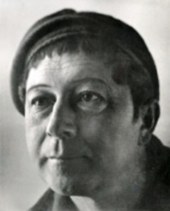
1886 - 1957
Alexander Nikolaevich Volkov
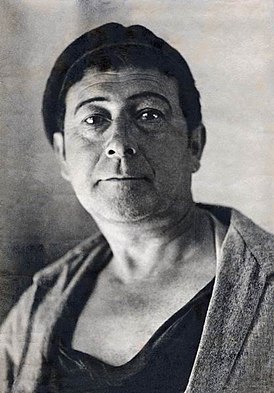
description
An Uzbek artist of Russian origin, one of the main founders of contemporary art in Central Asia, the organizer of several art associations of Uzbekistan, his motherland, where he worked fruitfully. The phenomenon of the Russian and Asian master lies in the fact that his best works are important not only for the formation of the Turkestan and Uzbek painting school but also for the history of art in general.
The artist’s legacy took a special place in the overall development of Central Asian art of the 20th century since it had its origins in the art of the East and the West. Volkov actively used traditional national motifs of arts and crafts and achieved monumentalism in creating images of ordinary workers, not losing touch with the cubist painting manner.
Despite getting the title of People’s Artist in 1946, Alexander Volkov was accused of formalism in the same year; he was forbidden from exhibiting his paintings and teaching at the Tashkent Art College, where he had worked for almost 20 years.
Key ideas:
– In general, the painting system of Volkov consisted of his comprehension of the painting laws of the traditional Asian art, which was formed under the influence of Islamic restrictions, in combination with the techniques of new European art.
– In Islamic culture, he saw not an aspect of theology, but a visual and plastic embodiment that gave freedom from imitation of nature and became an original component of the powerful “music of colour”.
– Volkov’s early art is characterized by the modern style; he actively used reminiscences on the “crystalline” painting of Vrubel, which is especially evident in his canvas “Persian Woman”.
– Having experienced the influence of Cubism, he organically combined its techniques with planar ornaments. Studying Uzbek music and applied art in depth, he strove to use traditional motifs actively – his paintings are similar to oriental carpets due to their laconicism, monotonous rhythm and pure colour.
– At the beginning of the 1920s, monumentality and enhanced energy of colour became inherent in his manner; a semi-abstract game with forms was added to Cubist geometry; after the triptych “Caravan”, it reached its dramatic culmination in the artist’s most famous painting “Pomegranate Teahouse”.
– The artist, who preferred juiciness in painting, achieved the effect of «jingling» paints by different technologies: coloured soils, transparent glaze, mixing oil and tempera; used sand with the material for the texture.
– Volkov used unique colour energy also in the things, which he had to paint in the style of social realism; however, work themes resemble epic frescoes in his paintings.
1886
1907
1908
1910
1912
1919
1920
1922
1923
1929
1931
1934
1937
1946
1957
1957
The birth of the artist
He began to study at the workshop of watercolourist D. Bortniker

Entered the Higher St. Petersburg Art School at the Academy of Arts

He attended classes of painters N. Roerich, And Bilibin and sculptor L. Sherwood

Entered a four-year monumental painting class at the Kyiv Art College

He became the first director of the State Museum of Arts of Central Asia

The first solo exhibition

He was appointed the director of the theater of the Proletarian culture

The personal vernissage of the artist took place in Moscow
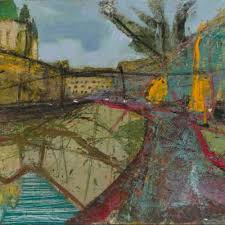
"Masters of the New East"

Became the organizer of the art association "Volkov Brigade"
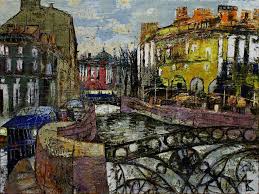
“Morning in Shahimardan”

The artist got a son
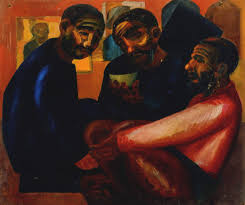
Volkov was awarded the title of People's Artist of Uzbekistan

“The Works of People's Artist A. Volkov: 70th Birth Anniversary, 50 Years of Creative Work"

The death of the artist

Alexander Nikolaevich Volkov
On Artist
flow
Impressionism
Expressionism
Modern
Cubism
friends
Alexander Tyshler
Alexandra Exter
artists
Vladimir Karlovich Menk
Krichevsky Fedor Grigorievich
Mikhail Vrubel
Ivan Bilibin
Nicholas Roerich
Vladimir Egorovich Makovsky
By Artist
flow
Cubism
friends
Alexander Volkov (a son)
artists
Ural Tansykbaev
Bahram Hamdami
Nikolay Karahan
Akram Tashkenbaev
Chingiz Akhmarov
Alexey Podkovyrov
Semyon Afanasevich Chuykov
